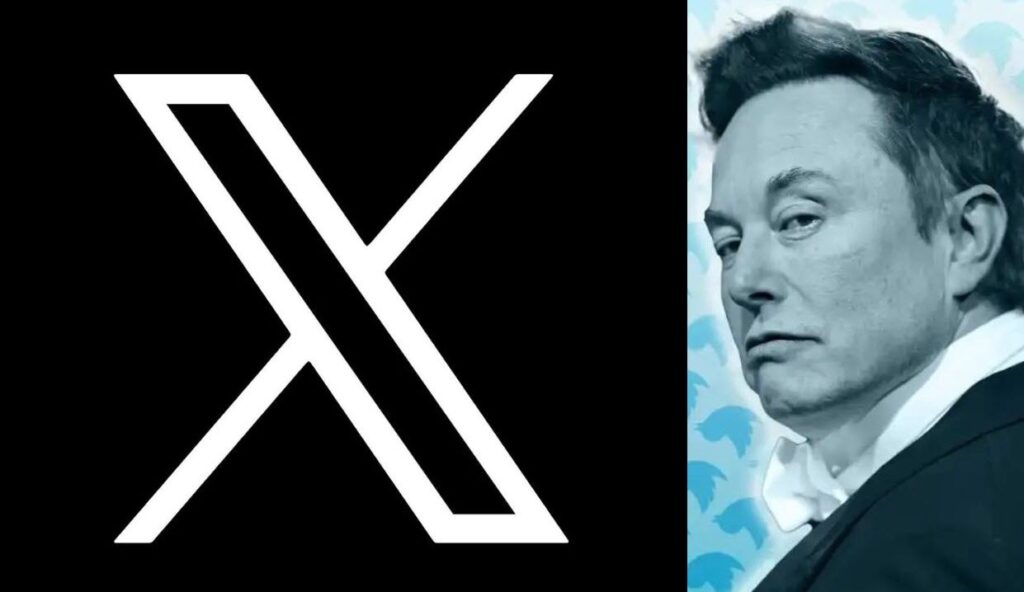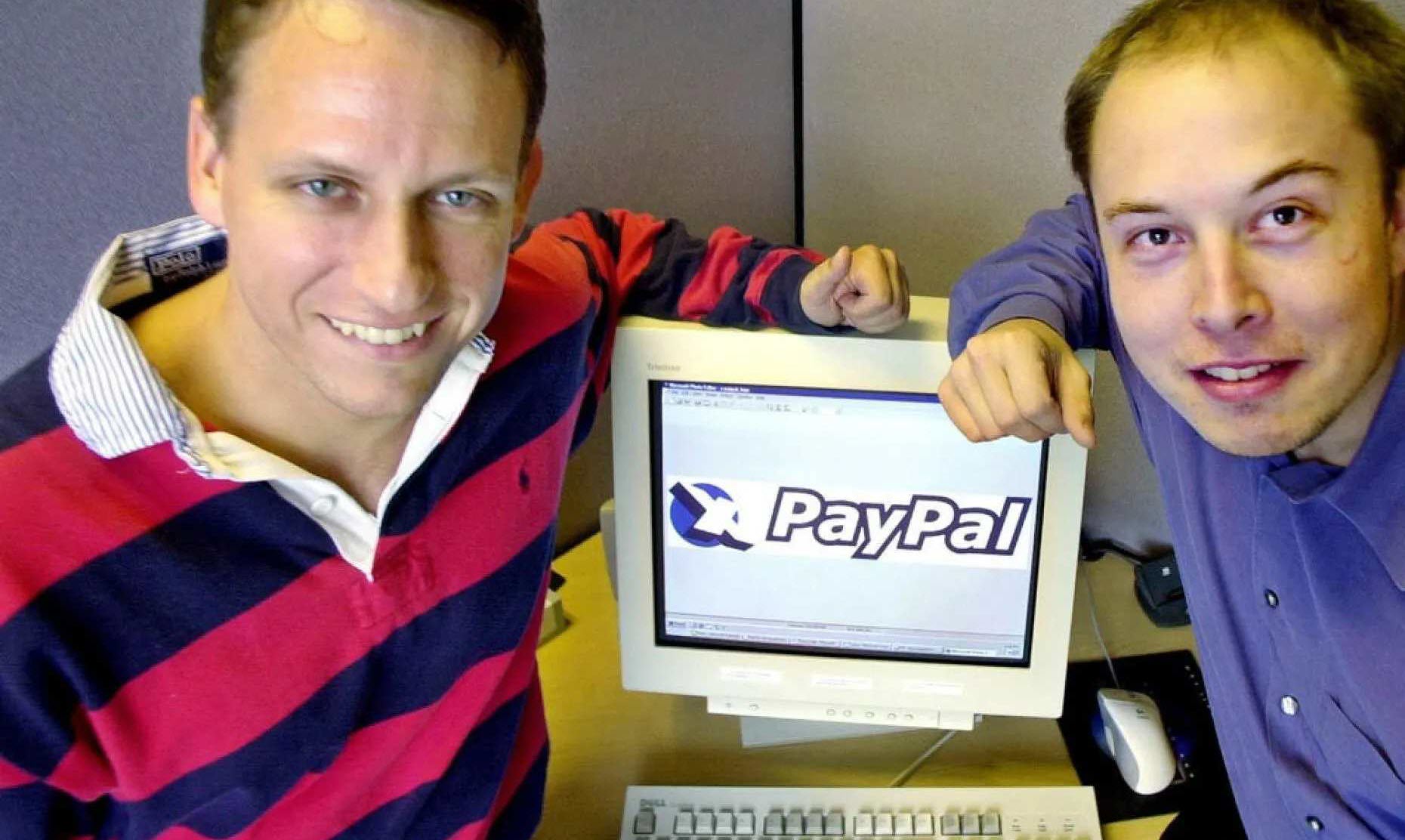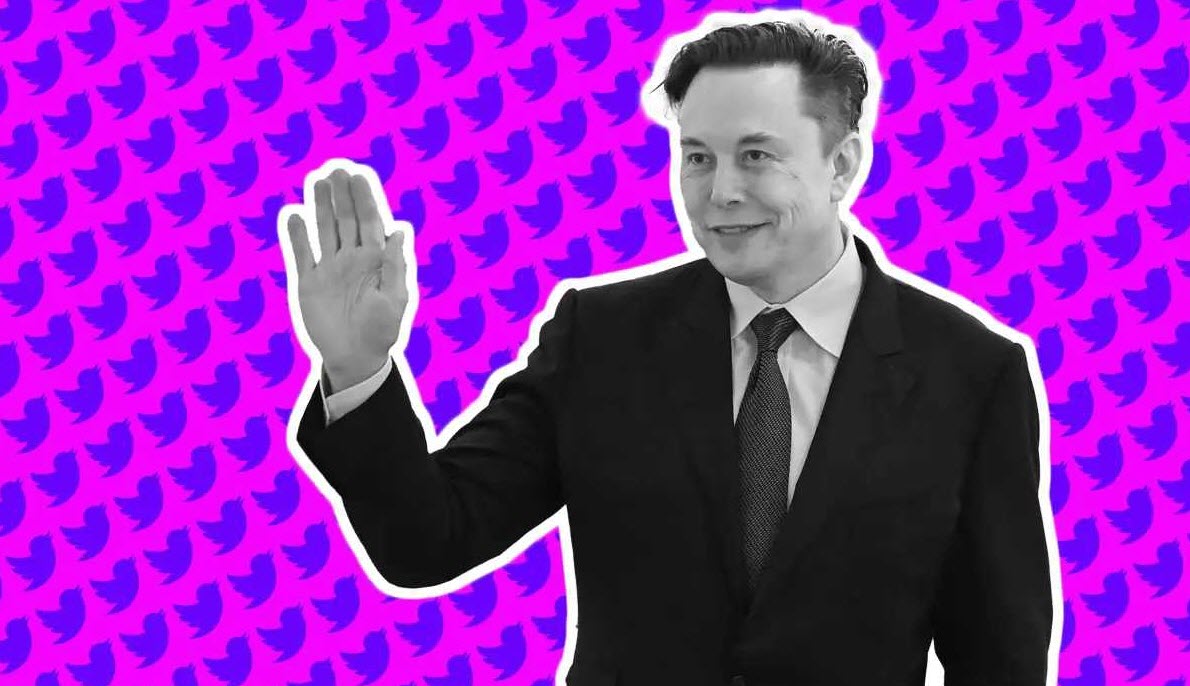Other Technology | August 13, 2023

Elon Musk surprised a few days ago by announcing on the social network the rebranding and complete change of the platform. Something that could be expected from his statements in recent months, where he claimed to want to launch “X, an app for everything,” but that has caught many by surprise due to its speed and the decision to completely discard the previous brand and not integrate or maintain it in any way.
An ordinary move for many, incomprehensible for others, exciting for the dwindling number of ardent followers of the tycoon’s directionless decisions, the X and X.com domain now preside over and redirect to Twitter, respectively.
Side note: Some already point out that technically, it will be very challenging for the final domain change not to affect the significant amount of traffic that the old Twitter currently receives via Google. We will see.
In any case, Musk had already announced and we had news of X Corp., the holding company on which he would like to build this new Twitter, based on “video, audio, messages, payments, and AI,” as he has declared. Also, a few weeks ago, he launched X.ai, his Artificial Intelligence matrix, which supposedly aims to compete with OpenAI, thanks to the vast amount of information present on the social network.
It is known that throughout his career, Musk has used the letter X in several of his companies. SpaceX, his space exploration company, and Tesla Model X, his electric SUV, are examples of this.
The letter X has also played a significant role in Elon Musk’s personal life. In 2020, Musk and his then-partner, the musician known as Grimes, named their child X Æ A-Xii. Later, the name of the couple’s second child was changed to ‘Y’ of Exa Dark Sideræl Musk. When asked about the reason for the name, the singer said that X was “the unknown variable.”
However, his relationship with the X as a brand dates back to about half of his current life when 25 years ago (Musk is 52 years old), he acquired the domain X.com, initially considering using it for his first company, which would later become part of PayPal.

Zip2 was Musk’s first successful company, co-founded with his brother Kimbal and Greg Kouri. Its proposal was software that allowed the then newly born online editions of newspapers to implement local guides.
Compaq acquired Zip2 to integrate it into the now-defunct search engine Altavista, and the Musks began to make a fortune with its sale.
It was the year 1999, and Elon Musk, with his recently purchased X.com domain, launched X, an online payments company that would soon merge with its analog Confinity, founded in turn by Peter Thiel.
From that union, PayPal emerged, a company that would become one of the most powerful nests of talent and technological power and would give Musk the financial means to fully engage in Tesla or SpaceX’s ventures.
With the sale of the company, PayPal remained as part of its assets, and X.com remained unused for years until Musk repurchased it in 2017, tweeting his thanks.
But before that happened, many things took place. And so did with X.
There are several versions behind the scenes of Musk’s early big business regarding the origin of X and the domain. Julie Anderson Ankenbrandt, one of the early executives of PayPal, wrote on Quora about the name of the original company.
“Elon, the other founders of the company, which was x.com, and I sat around a table in the back room of a long-gone bar called Blue Chalk in Palo Alto, trying to decide what the company’s name should be… and the question was whether to be q, x, or z point com,” wrote Ankenbrandt in 2016.
“Finally, when the waitress brought the next round of drinks, Elon asked her what she thought, and she said she liked x.com. Elon slammed the table and said, ‘That’s it!’ and everyone laughed, but that’s pretty much how it was decided.”
Despite Musk’s expulsion from PayPal in 2000, in which Thiel and his loyalists voted to change the company’s direction and strip Musk of power while he was traveling in Australia, Tesla and Twitter/X’s CEO continued to have a weakness for the domain. Hence he repurchased it.
According to Ashlee Vance, author of the biography “Elon Musk: Tesla, SpaceX, and the Quest for a Fantastic Future,” Vance mentioned in NPR about the X domain that “everyone tried to convince him not to name the company that because of the sexual connotations, but he liked it a lot and stuck with it.”
The third insight came on Sunday from journalist Walter Isaacson, who is writing a new biography about Tesla’s CEO, saying that Musk assured him before taking over Twitter that he planned to rename it as X.com and “try to turn it into a platform that would fulfill its original 1999 vision.”
Musk wrote in 2017 that he still had “no plans” for the domain but that it had “great sentimental value” for him. When another user tweeted to Musk suggesting that he used X as an “umbrella website” for all his other companies, Musk replied that that was probably the best use of the domain.
Musk has already spoken publicly and privately about his plans for an app similar to WeChat, the popular Chinese super app that offers a variety of services, from messaging and video chat to games, photo sharing, transportation services, food delivery, banking, and shopping.
The idea is that Twitter, under the name X, becomes a platform hosting multiple functions. It is still unclear whether many of Twitter’s original features will survive this transformation.
Along with the transformation of Twitter into X, Elon Musk is also working on new initiatives related to artificial intelligence (AI), such as X.AI, his new company that will rival OpenAI, and the creation of TruthGPT, an alternative to ChatGPT, which he mentioned only in an interview with Fox News.
These initiatives show Musk’s continued interest in AI and his desire to create his own version of a super app. However, they also raise questions about how these new companies will balance with his other projects, including Tesla and SpaceX.

For now, we know very little. Musk has named audio and video as new pillars, in addition to messaging and a recent update that will allow companies to post their vacancies on X, possibly competing with LinkedIn.
What seems to be resurfacing, based on information published in February by the Financial Times, is an idea that Musk has dropped on occasion: using blockchain to create a secure messaging system where each message would have a minimal cost. It would be imperceptible to anyone but would prevent massive use by bots.
This is added to the new fund and revenue sharing for creators launched a few days ago, and also, of course, the current Twitter Blue subscription.
But let’s not be deceived. This could be the last way out for a magnate whose purchase has been expensive so far and has made advertisers run away.
If we have to go by the words of Twitter/X’s new CEO, Linda Yaccarino, which she put in writing for her employees, the truth is we can’t draw any conclusions.
“With X, we will go even further to transform the square of the global city and impress the world again.
Our company is the only one with the necessary drive to make it possible. Many companies say they want to move fast, but we like to move at the speed of light, and when we do, that’s X. At heart, we have the mindset of inventors: we constantly learn, try new approaches, change to do it right, and ultimately succeed.” Linda Yaccarino